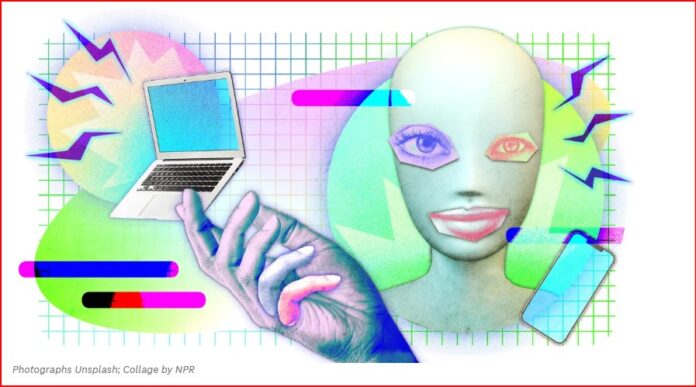As generative AI becomes increasingly powerful, the rise of AI imposters is turning into a serious challenge for individuals, companies, and even national security.
From identity fraud to synthetic video interviews, spotting what’s real and what’s not is more difficult than ever. The stakes are high—and staying informed is the first defense.
The Rise of AI Imposters
Generative AI tools can now produce incredibly realistic text, images, voices, and full-motion videos. Many people have already encountered AI-created content without realizing it.
Unfortunately, this technology makes it easier for scammers and fraudsters to create convincing fake personas.
AI-generated images and videos are more realistic and accessible than ever. The technology that once required sophisticated skills and equipment can now be run on consumer-grade software or apps. However, these synthetic creations often still have subtle flaws—if you know where to look.
Common Visual and Audio Clues
Despite advancements, AI still struggles to replicate some human nuances:
- Distorted hands or fingers in images
- Inconsistent backgrounds, particularly with multiple people
- Awkward facial expressions or a lack of natural emotion
- Mismatched sound and motion in synthetic videos
- Glitchy or lagging mouth movements
- Unusual jewelry or accessories, like warped glasses
But experts warn against relying only on visual tells, as AI is getting better all the time.
How to Spot AI Imposters in Real-Time
A viral incident during a job interview revealed just how convincing AI imposters can be. Bettina Liporazzi, a recruiter, shared her experience on LinkedIn, describing how a candidate used an AI filter to disguise their identity. When asked to wave a hand in front of their face, they abruptly left the call—revealing the deception.



